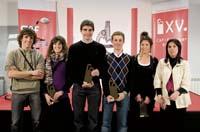Buriles, giant turtles and immortal hydra
2009/04/01 Artaetxebarria Artieda, Xabier - Telekomunikazio-ingeniaria Iturria: Elhuyar aldizkaria
Aging, written in genes?
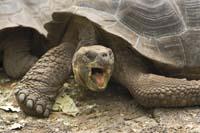
Although only the above data seems to have an aging "program" in the genes, there are other factors to consider. In fact, if aging would only depend on genes, monozygotic twins, which have the same genetic material, should have the same aging process. This is not so, since in the development of the fetus, in childhood and throughout life, multiple factors such as food and environmental conditions influence. In addition, although in the xixare C. elegans mutations have been achieved that can lengthen life, it has not been possible to completely slow the aging process through genetic mutations.
Applying the subject of Darwin
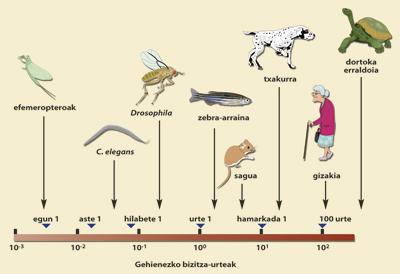
When Charles Darwin published in 1859 On the Origin of Species by Means of Natural Selection, he shook the foundations of then biology to lay new foundations. At present, the idea that natural selection is the essence of species evolution is widespread, but can the aging process be explained in light of natural selection? We have seen that it is impossible to explain that only from the point of view of genes, one cannot say that there is an aging program, but there are genes related to aging. Then we can try to apply Darwin's subject to explain this process. But if nature chooses beneficial mutations for life, how is it possible that there are genes that lead to aging and that natural selection does not exclude them?
There are two great theories to explain it. The first is the congestion theory, presented by Medawar in 1952. According to this theory, mutations that cause the most negative consequences of aging escape natural selection, since they only affect the final part of life. Given the small number of individuals who have reached this point in the history of species, these mutations have been left out of evolutionary pressure, but at the same time they have accumulated generation after generation in the genome of species.
The second theory is called antagonistic pleiotropy and attributes the responsibility of aging to special genes. According to this theory, some genes, called pleiotropics, have a double effect. On the one hand, they are beneficial in youth and are therefore chosen by natural selection. However, in old age they negatively influence the survival of individuals. As natural selection has less and less strength as life progresses, there are fewer individuals and reproduction is less, the positive effect of youth has more strength than the negative effects of old age. This theory was presented by George Williams in 1957 and since then several genes have been proposed to demonstrate antagonistic pleiotropy.
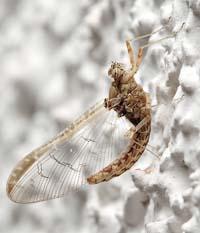
However, as in the case of mutation congestion, there is no conclusive evidence, and although both theories may explain the emergence and persistence of certain special genes, they cannot explain the entire aging process.
An optimization problem
If aging is not programmed into genes and we cannot fully explain it through evolution, why does it happen? It is the theory of some to use and throw theories that harmonize somehow the explanations seen so far. The basis of this theory is the separation between the some and the germ. In an organism, the germ is the set of reproductive and undifferentiated precursor cells, and the rest of the cells form the soma. Somehow, the germ would be immortal, because it remains from generation to generation, while the soma would be disposable, different in each generation.
Organisms should use available resources for survival and reproduction. In fact, the development, maintenance and repair of somes require a lot of energy. But reproduction also requires a lot of energy, and the energy intended for reproduction cannot be directed to the surveillance of some. So to what extent is it worth assigning energy to keep the soma in good shape, apart from other processes like reproduction?
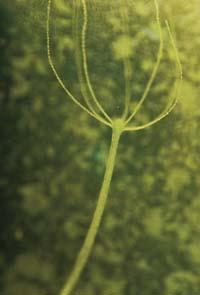
According to the theory of some disposable, organisms must be in good physiological condition while they have the possibility of surviving in nature and for that purpose they carry out the allocation of resources. It can be seen as an optimization problem: with a limited amount of energy it is necessary to meet a number of requirements (grow, maintain soma, reproduce, etc. ).
When it comes to the maintenance of soma, it makes no sense to abuse it energy, being limited its survival in wildlife. A clear example of this is wild mice. 90% of them die before 10 months of birth, usually cold. In this way, mice will use a large amount of energy for thermogenesis (heat generation) and reproduction, although this allows a lower amount of energy for soma maintenance. And it is precisely this limited energy that causes aging, since the damage that occurs in the soman is not properly repaired.
Pacific salmon are an extreme example of some of using and throwing. Since their birth in the rivers of the North Pacific they grow and obtain the necessary resources for their reproduction. When they're in the ocean, a sign tells them it's time to reproduce and all the resources go to it. When the laying occurs near the nacederos of the rivers, they die without exception. Disposable soma, immortal germ.
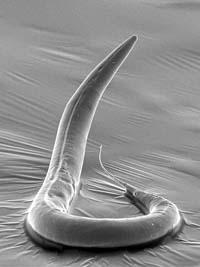
Closer: cells and molecular biology in aging
So far, to understand aging, we have observed natural selection and the organism as complete systems. But many researchers have taken another point of view as their starting point: isolated cells and their internal molecular mechanisms. In this field it is considered that telomeres forming the edges of chromosomes (from the Greek, telo: "last", mero: "part") are of great importance. Each telomere consists of repetitive DNA sequences, whose main function is to protect chromosomes. Each time a cell is divided by mitosis, telomeres are shortened. When they reach a critical length, the cells enter a state of senescence, that is, they do not die at all (apoptosis), but they stop fragmenting. This situation follows approximately 50 divisions. So what if the telomeres kept their length in each division? This is what happens in most cancer cells thanks to the enzyme called telomerase. Through the generation of much more telomerase than conventional cells, cancer cells are able to prevent the reduction of telomeres and make them immortal.
If telomerasia can prevent the reduction of telomeres, wouldn't this be a way to extend life? Transgenic mice, whose activity was high, have been used to demonstrate this. The results show, however, a slight increase in survival, but also an increased risk of cancer. No wonder, as we have explained, telomerase is one of the mechanisms that cancer cells use to make them immortal.
It is known that at aging the tissues lose their capacity for regeneration, and it is clear that in this loss of functions, in addition to telomeres, stem cells also have much to say. In mammals, adult stem cells are found in different organs (brain, heart, skin, liver, etc.) and can be distinguished in different cell types. In this way, they are able to ensure the maintenance of the organism and respond to damage. With aging these capabilities decrease, but we still don't know exactly why. The main hypotheses are the natural aging of stem cells (through the reduction of telomeres) or the difficulty of their function as a result of aging tissue. The best knowledge of these mechanisms can make possible the use of these cells to cure diseases derived from aging.
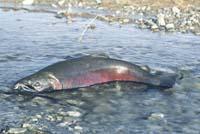
Programmed to survive
All organisms (or almost all!) aging and death can make you think of a genetic program. However, from a broad perspective of the mechanisms of aging it can be said that it is not so. The consequence is very different: aging is the result of living. In another order of things, it can be said that life is kept apart from thermodynamic equilibrium. Soma maintenance requires constant effort and germ is more important in natural selection. Therefore, the second law of thermodynamics, which promotes the increase of the entropy of the system, leads the organism to the aging of survival programs.
He has opted for a strategy of use and disposal of natural selections in all species. It is a gamble of great sense, because why spend too much energy on maintaining the soma if any accident, any predator, at any time can kill that individual? Better distribute the investment: part of the energy to keep the soma in bullet state for a while and another part to keep the germ forever. So what is the difference between scissors, giant turtles and other species? It is only a proportional difference in expenses. That is, how much energy can each invest and invests in maintaining, growing, reproducing and in the other processes necessary to live.
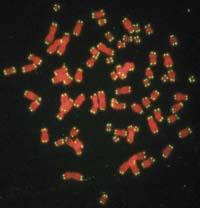
And hydrates? As in science, every answer opens new doors...

Gai honi buruzko eduki gehiago
Elhuyarrek garatutako teknologia





